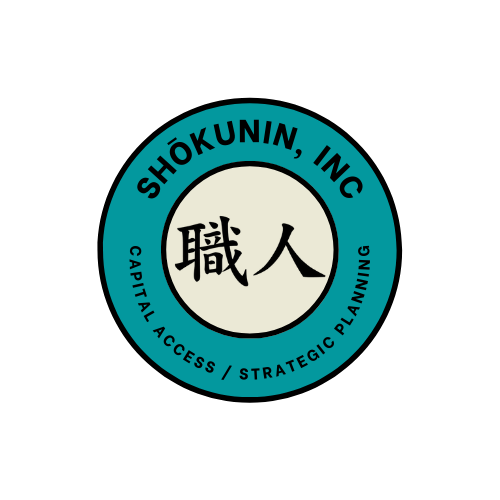When Tina came to us, she was exhausted and only a few years into running her cleaning business.
“I’m eating like I did in college just to keep the lights on,” she told us. “I want to buy a duplex to house hack, but I can’t seem to grow past where I’m at. Every time I fill one slot, another client falls off.”
She brought in just enough to cover business and personal expenses, but not enough to hire help, let alone build long-term wealth or stability. She’d started as a solo operator with the vision of eventually hiring a team and stepping out of the day-to-day grind, but that vision kept slipping further away.
And she wasn’t just offering basic cleaning. Tina’s service was unique: She helped clients transform their space and mindset by cleaning, organizing, decluttering, and even coaching them toward healthier habits. But despite the value she brought, she was stuck in a model that wasn’t designed to grow.
The Diagnosis: She Had a Job, Not a Business
As exit planning strategists and former business owners ourselves, we see this all the time: hardworking founders stuck in survival mode because they’re doing everything themselves.
Tina was acting as CEO, cleaner, bookkeeper, scheduler, and sales rep—all in one.
The first step was helping her recognize that she didn’t need to work harder. She needed to build a machine that could work without her.
Step 1: Redefine the Offer
Tina was charging well above the average in her market. But she wasn’t just cleaning. She was guiding people through emotional and environmental transformation.
We worked with her to shift her business model:
-
No more hourly billing.
-
Instead, she created a fixed-price, 4- to 6-week Home Reset Program, combining cleaning, organizing, habit-building, and follow-up.
-
We positioned it as a premium, life-elevating service—not just labor.
With this, she could charge more per engagement, creating margin and clarity for both her and her clients.
Step 2: Build for Leverage, Not Labor
Tina thought she needed to make a certain dollar amount per month before hiring help. That’s a common trap. We showed her how hiring even a part-time assistant—before she felt “ready”—would unlock time to sell more packages and stabilize revenue.
We explored:
-
Microloans and low-interest credit to fund 3–6 months of help.
-
Referral incentives and package discounts to close more deals quickly.
-
Systems and checklists so any new hire could deliver consistent quality.
She began tracking time, automating her intake process, and documenting her exact method step-by-step. In short, she started building a business someone else could run.
Step 3: Align the Business With the Mission
Tina’s deeper motivation wasn’t just income. She wanted to help people feel joy in their lives again—and save her family home.
So we encouraged her to lean into that purpose. She began sharing her story through newsletters and community events. She repositioned her services as healing through environment, not just tidying up. That emotional resonance helped her connect with higher-paying clients who valued the transformation she offered—not just the transaction.
The Result: Clarity, Confidence, and a Path Forward
Within six months:
-
Tina had restructured her offer and raised her average engagement size.
-
She brought on her first part-time assistant.
-
She stopped undercharging, stopped burnout, and started acting like the CEO she was meant to be.
She’s not “done” yet—but now, she’s no longer stuck.
How about you?
Most solo operators don’t fail because they lack skill—they fail because they try to scale without structure.
If Tina’s story resonates with you, and you’re ready to stop doing everything yourself, let’s talk.
We help business owners build systems, strategy, and scale—so your business can finally serve your life, not the other way around.
Watch this short video and book a free advisory call here:
https://marcelobermudezinc.com/business-exit-planning/

